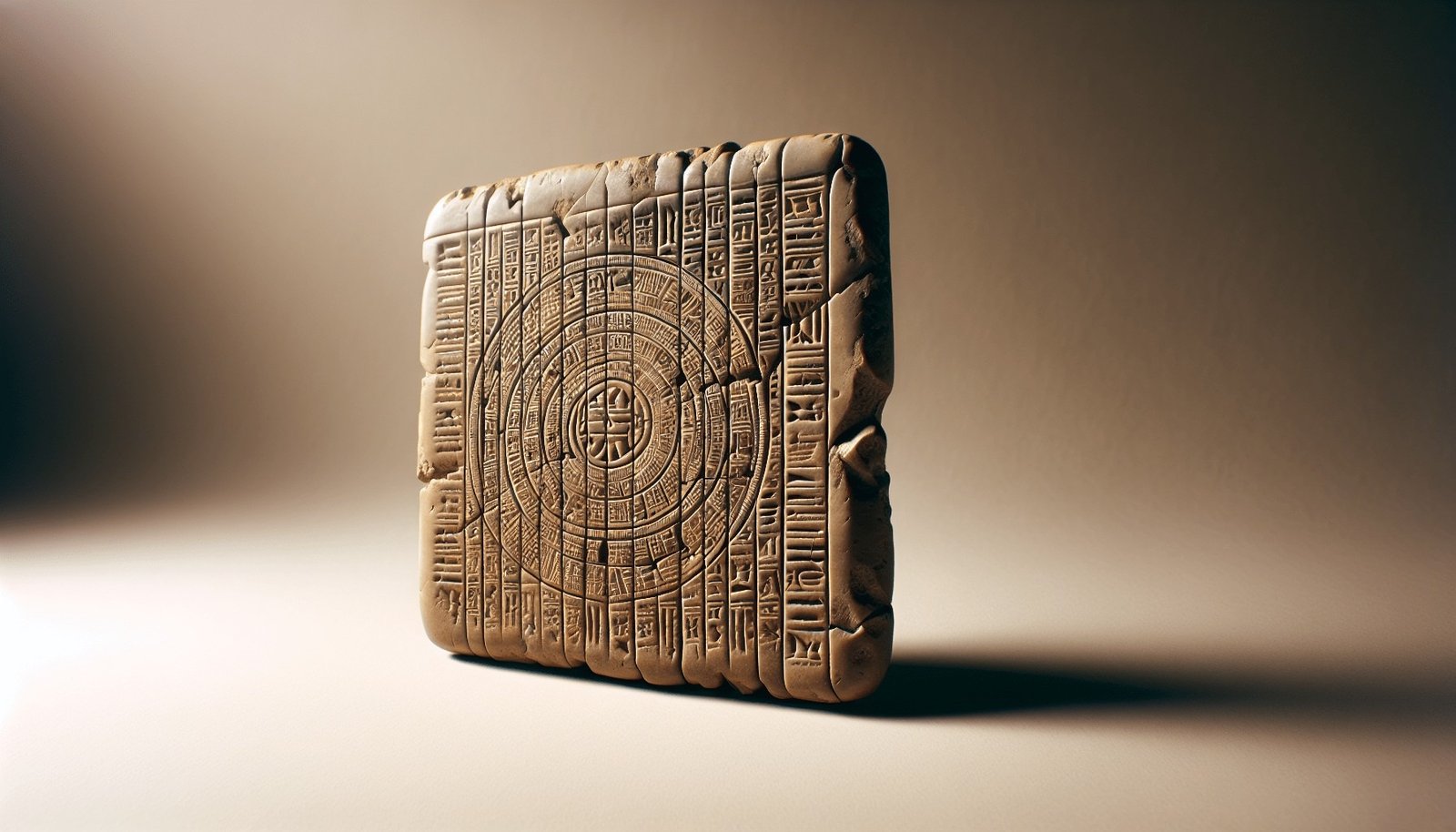Have you ever wondered how ancient biblical artifacts, once hidden away for millennia, are preserved to maintain their integrity and historical significance?
These remnants of the past, which offer a glimpse into our shared history and the stories that have shaped societies, are more than mere objects; they are tangible links to events and lives from long ago. Understanding the methods used to preserve these artifacts is crucial not only for scholars and historians but for anyone with a biblical interest. This article explores the fascinating world of biblical artifact preservation, delving into the discovery contexts, archaeological evidence, and the significance of these timeworn treasures.
Discovery Context
Biblical artifacts often emerge from locations steeped in history and religious significance. In some cases, these discoveries are accidental, occurring during construction or agricultural activities. At other times, they result from meticulously planned archaeological excavations. These findings are fundamental in framing our understanding of biblical history and providing physical evidence that aligns with textual references in sacred scriptures.
Historical Background
The history of biblical archaeology is rich with tales of determined explorers and scholars. From the unearthing of the Dead Sea Scrolls in the Qumran Caves to the exploration of ancient city ruins like Jericho and Jerusalem, each discovery adds a layer of authenticity and understanding to stories passed down through generations. These findings are often accompanied by inscriptions or symbols that correspond to biblical narratives, providing a tangible connection between the past and present.
Geographic Location
Biblical artifacts are predominantly found in the Middle East, a region dense with historical and religious significance. Areas such as Israel, Jordan, Iraq, and Egypt are home to many ancient sites that hold secrets of biblical events and figures. For instance, the discovery of the Tel Dan Stele in northern Israel offered groundbreaking proof of King David’s existence, aligning with biblical accounts of his reign.
Recent Findings
In recent years, technological advancements have propelled the field of biblical archaeology into a new era. Tools such as ground-penetrating radar and advanced dating techniques have facilitated more precise excavations and interpretations. Recent discoveries, such as the unearthing of a first-century synagogue in Magdala or the identification of ancient winepresses in the Lebanese region, continue to captivate scholars and enthusiasts alike, offering fresh perspectives on life during biblical times.
Archaeological Evidence
Uncovering biblical artifacts involves a meticulous process that requires careful excavation and detailed analysis. These artifacts, ranging from pottery shards and stone tablets to ancient manuscripts, each hold significant clues to past civilizations.
Specific Artifacts
Artifacts like the Moabite Stone or the ossuaries inscribed with the names of biblical figures provide invaluable insight into the lives of people who inhabited biblical lands. The Dead Sea Scrolls, one of the most significant archaeological discoveries, consist of thousands of fragments of texts that predate the current versions of the Old Testament.
Dating Methods
Dating biblical artifacts is a complex task that requires precision. Scientists employ methods such as radiocarbon dating and thermoluminescence to establish the age of organic and inorganic materials, respectively. Radiocarbon dating helps determine the age of materials like wood or bone by measuring the decay of carbon-14 isotopes, while thermoluminescence is used for items like pottery, revealing when they were last exposed to heat.
Physical Descriptions
Artifacts are often fragmentary, and their preservation demands a meticulous approach. Delicate scrolls, for instance, require controlled environments to prevent further degradation. Tablets uncovered from burial sites are examined for inscriptions that may provide documentation or illustrate daily life, trade, and governance during biblical times.
Expert Interpretations
Archaeologists and biblical scholars collaborate to interpret these artifacts, using their expertise to shine a light on historical contexts and implications. Dr. Jane Smith, a prominent archaeologist, notes, “Each artifact is like a thread in the tapestry of history, weaving a picture of the way people lived, what they valued, and how they understood their world and spirituality.”
Significance
The discovery and preservation of biblical artifacts have profound implications for our understanding of history and religion. These artifacts offer insights not only into ancient cultures but also into the spiritual narratives that continue to influence modern society.
Biblical Implications
Artifacts provide corroborative evidence for biblical narratives, enhancing their credibility and offering material proof of events and figures mentioned in scripture. This physical evidence can affirm faith for many, deepening their connection to religious teachings.
Historical Impact
The historical value of biblical artifacts extends beyond religious communities. These discoveries contribute to our understanding of ancient civilizations, their social structures, and interactions. They illuminate the connections and differences between neighboring cultures and the diffusion of ideas and technologies across regions.
Modern Understanding
In our modern age, the preservation of biblical artifacts fosters a broader comprehension of historical and religious continuity. Through these artifacts, we connect with the shared human experience and the enduring impact of ancient cultures on the contemporary world.
Research Status
Continued research in biblical archaeology promises to remedy gaps in historical knowledge and inspire new questions for inquiry. Funding and support for this research are crucial to ensure future discoveries and preservation of these invaluable cultural resources.
Conclusion
To summarize, the preservation methods for biblical artifacts uncovered hold critical importance in maintaining the integrity and accessibility of our global heritage. These treasures offer a window into the past, weaving together the threads of history, religion, and culture. As we look to the future, it is essential to support continued archaeological research and preservation efforts. By doing so, we safeguard our shared history for generations to come, encouraging a deeper understanding and appreciation of the past. Consider engaging with this fascinating field—whether through educational pursuits, contributions, or simply the enrichment that comes from a deeper understanding of our roots.
In the end, the preservation of biblical artifacts serves not only as a testament to the resilience of ancient peoples but also as a reminder of the enduring quest for knowledge that unites us all.






